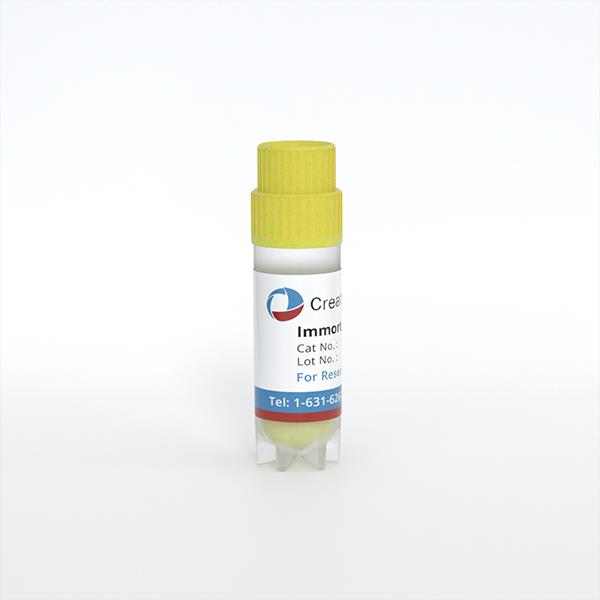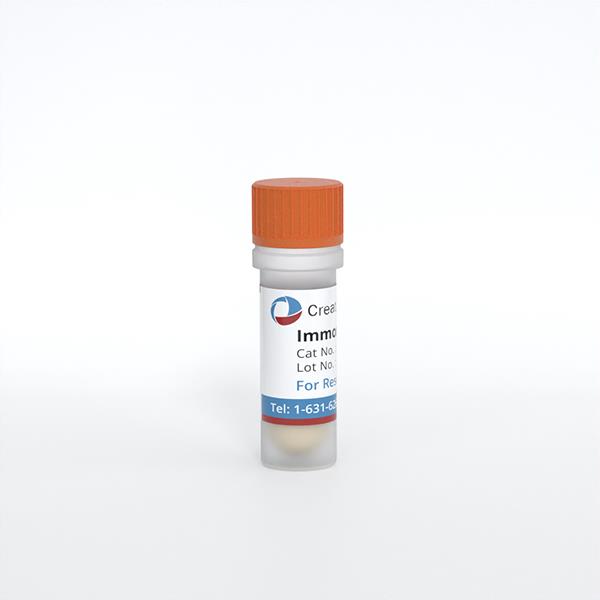Featured Products
Our Promise to You
Guaranteed product quality, expert customer support

ONLINE INQUIRY

Immortalized (Conditionally) Mouse Small Intestinal Epithelial Cells (MSIE)
Cat.No.: CSC-I9191L
Species: Mus musculus
Source: Small intestine
Culture Properties: Adherent
- Specification
- Q & A
- Customer Review
Cat.No.
CSC-I9191L
Description
MSIE is a conditionally immortalized mouse small intestine epithelial cell line isolated from the mouse harboring thermolabile mutation (tsA58) under the control of an interferon (IFN)-γ-inducible H-2Kbpromoter and a temperature-sensitive simian virus 40 large T antigen. The functional expression of the SV40 large T antigen is induced by culturing the cellsin vitroin medium containing IFN γ at a temperature permissive (33°C). At a non-permissive temperature (37°C-39°C), the cells cease to proliferate and shows a 2-3X differentiation rate as indicated by expression levels of the brush border-associated enzymes, alkaline phosphatase, dipeptidyl peptidase IV, and sucrase.
Species
Mus musculus
Source
Small intestine
Culture Properties
Adherent
Immortalization Method
Isolated from transgenic mouse carrying a temperature-sensitive simian virus 40 tumor antigen (tsA58)
Markers
CK18
Applications
For Research Use Only
Storage
Directly and immediately transfer cells from dry ice to liquid nitrogen upon receiving and keep the cells in liquid nitrogen until cell culture needed for experiments.
Note: Never can cells be kept at -20 °C.
Note: Never can cells be kept at -20 °C.
Shipping
Dry Ice.
Recommended Products
CSC-C9057J B129 Mouse Small Intestinal Epithelial Cells
CIK-HT003 HT® Lenti-SV40T Immortalization Kit
CIK-HT003 HT® Lenti-SV40T Immortalization Kit
Quality Control
1) Immunohistochemical staining was used to detect the presence of SV40 large T antigen and keratin 18;
2) Biochemical assays (i.e. method of Nagatsu et al and method of Dahlquist) were used to measure brush border-associated enzymes alkaline phosphatase, dipeptidyl peptidase IV and sucrase.
2) Biochemical assays (i.e. method of Nagatsu et al and method of Dahlquist) were used to measure brush border-associated enzymes alkaline phosphatase, dipeptidyl peptidase IV and sucrase.
BioSafety Level
II
Citation Guidance
If you use this products in your scientific publication, it should be cited in the publication as: Creative Bioarray cat no. If your paper has been published, please click here to submit the PubMed ID of your paper to get a coupon.
Ask a Question
Write your own review
Related Products


